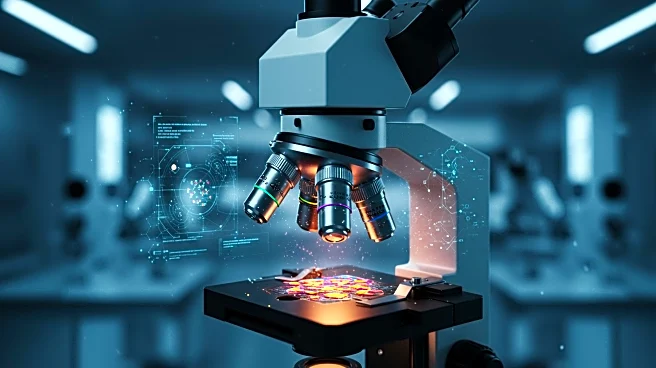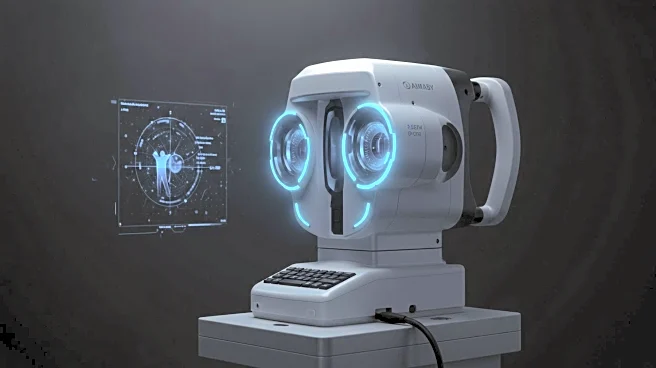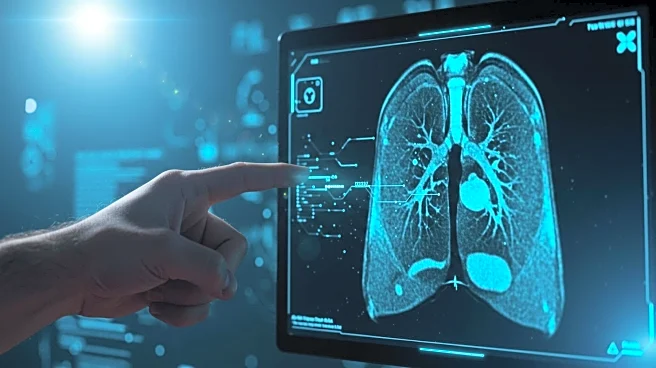Rapid Read • 8 min read
PXRDGen, a novel approach in materials science, leverages generative models to improve the accuracy of crystal structure determination from powder X-ray diffraction (PXRD) data. This method addresses the challenges of solving and refining fractional coordinates in crystal structures, which are traditionally difficult due to peak overlap and finite size broadening in PXRD patterns. PXRDGen employs a combination of neural networks, including convolutional and Transformer-based encoders, to extract diffraction features and generate atomically accurate structures. The system integrates modules for pre-training, crystal structure generation, and Rietveld refinement, enhancing the alignment between predicted structures and PXRD data. This approach significantly improves the match rate and speed of solving stable crystal structures, offering a promising advancement in the field.
AD
The development of PXRDGen represents a significant leap in materials science, particularly in the accurate determination of crystal structures, which is crucial for advancements in various scientific fields such as chemistry, physics, and geology. By improving the precision of structure determination, PXRDGen can facilitate the development of new materials for electronic devices, drug design, and other applications. The ability to accurately locate light elements and distinguish between elements with similar atomic numbers using PXRD data could reduce reliance on more expensive techniques like neutron diffraction. This advancement could lead to more efficient and cost-effective research and development processes in industries reliant on material science.
PXRDGen's capabilities suggest potential for broader application in solving complex crystal structures that are challenging for conventional methods. Future developments may include integrating AI into Rietveld refinement processes to further enhance the accuracy and efficiency of crystal structure determination. As PXRDGen continues to evolve, it may become a standard tool in materials science, influencing research methodologies and industrial applications. The ongoing refinement of its neural network models could lead to even greater precision and speed, potentially transforming the landscape of material analysis and synthesis.
PXRDGen's approach highlights the growing role of artificial intelligence in scientific research, offering insights into how AI can overcome traditional limitations in data analysis. The use of generative models in PXRDGen not only improves accuracy but also demonstrates the potential for AI to revolutionize other areas of research by providing deeper understanding and novel solutions to longstanding challenges. This development may also prompt ethical considerations regarding the reliance on AI in scientific discovery, including the need for transparency and validation of AI-generated results.
AD
More Stories You Might Enjoy










